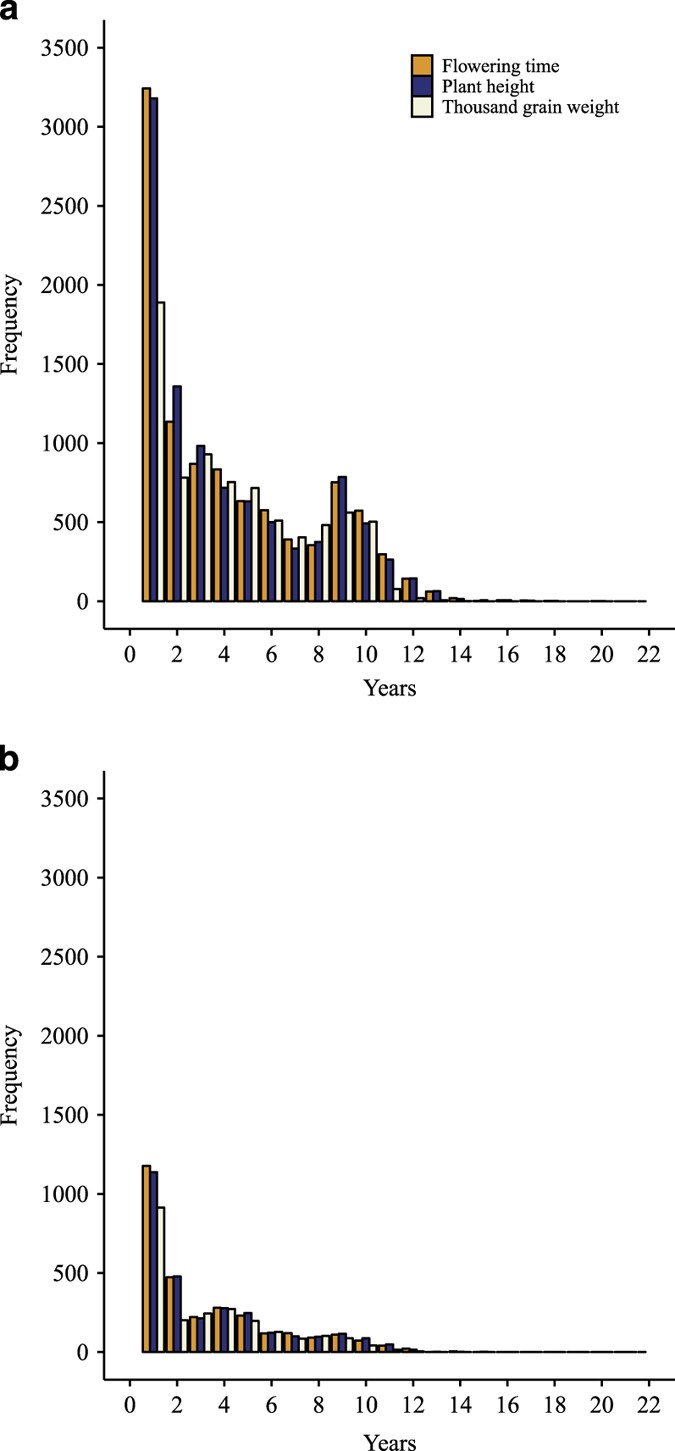

We load the nlme package so we can use the gls function 1.
#ASREML R DISPERSION UPDATE#
update allows additional arguments to be added to an already existing model. If a grouping variable is specified in form, the autocorrelation values are calculated using pairs of residuals within the same group otherwise all possible residual pairs are used. Then we use the weights argument to specify the variance function, in this case varFixed, also part of the nlme package. The Pinheiro and Bates book, Mixed Effects Models in S and S-plus, is likely a good place to start looking fore more info. Additionally, you can include the reference list entry the authors of the nlme package have suggested. none I am trying to get lapply to run models (more specifically path models from the piecewiseSEM package). This is > exactly what nlme::gls and nlme::lme do via the weights and > correlation arguments you need lme if you have 'true' random effects > on top of the structure in R. It is also possible to calculate semi-variograms yourself using the model residuals and spatial data in the dataset. Easy tracking for all carriers alla round the world - this is the Parcel Monitor service. > Leaving aside the superior algorithms in lme4, this appears to be the major impediment to considering lme4 capabilities as a superset of (n)lme capabilities. An intercept is not included by default and should be added by the user. In nlme, random effects are specified differently from lmer::lme4 (Week6): random = ~ 1 | System. If "response", the "raw" residuals (observed - fitted) are used else, if y reviews GLS estimation and demonstrates its application to time-series data using the gls() function in the nlme package, which is part of the standard R distribution. We can fit this in R with the lmer function in package lmerTest. gls Examples fm1 > If we write the marginal distribution of y as y ~ N(X beta, V), with V > = ZGZ' + R then the structure in V can be obtained by appropriate What is this Course About Grouped data arise in a wide range of disciplines Typical examples of grouped data repeated measurements: measuring the same outcome multiple times on the same sample unit (e. We start by showing 4 example analyses using measurements of depression over 3 time points broken down by 2 treatment groups. maxLag an optional integer giving the maximum lag for which the autocorrelation should be calculated.

21 PBG-Effect of Phenylbiguanide on Blood Pressure. 3 Fitting Extended Nonlinear Regression Models with gnls 401 8. Logistic regression can predict a binary outcome accurately.

6873, is less than the value of d L = 1:288, the null hypothesis is rejected. Step 2: fit model with gls (so linear regression model can be compared with mixed-effects models) Step 3: choose variance strcuture.
#ASREML R DISPERSION HOW TO#
1 Generalized Least Squares In the standard linear model (for example, in Chapter 4 of the R Companion), E(yjX) = X or, equivalently y = X + " there are a number of posts (1, 2) showing how to conduct OLS regression on raster stacks in R - but I can't find anything about using GLS regression with a specified spatial correlation structure. Re: Variances components in lme() Jose Pinheiro. Nlme gls example Diagnostic plots for the linear model fit are obtained.


 0 kommentar(er)
0 kommentar(er)
